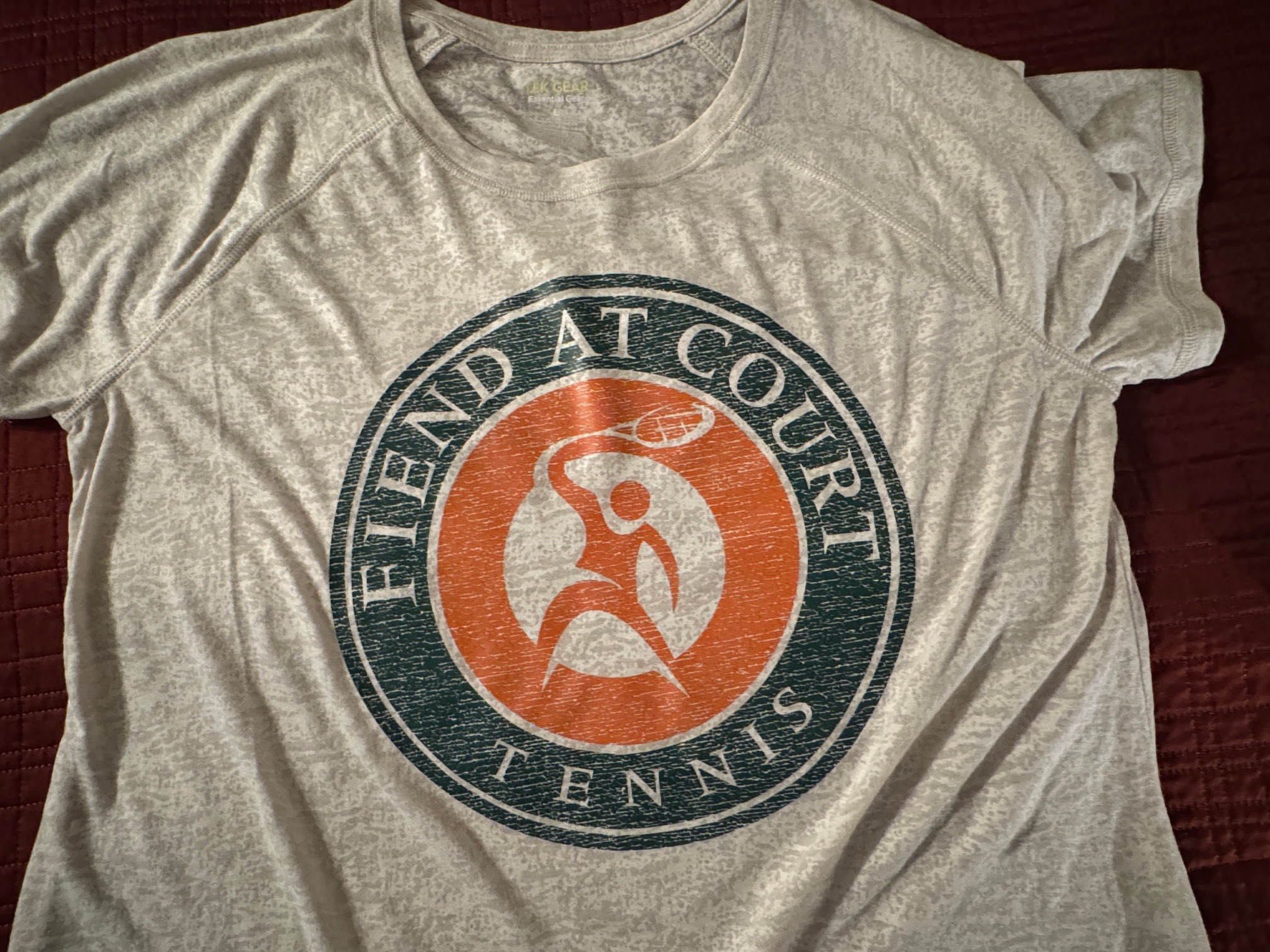Fiend at Court Unplugged
One of my favorite sayings is “When all you have is a hammer, the whole world looks like a nail.” When thinking about how to retain junior players as they transition into adult tennis, tournaments are like the USTA’s hammer while leagues are the USTA’s wrench. Both are valuable tools, unless confronted with a screw.
First the hammer. If it is not already on the table, I think that the USTA should be strongly considering creating tournaments that are designed specifically to attract college age players. One example would be to create tournaments around the traditional holiday breaks from college. In other words, don’t assume that college age players will conform to the existing tournament calendar. Reshape the calendar to fit those players.
In the wrench department, I am wondering what a concerted effort to draw college age kids into adult leagues would look like. As I mentioned a couple of days ago, the minimum age for league tennis was only fairly recently lowered from 21 to 18. College age kids did not embrace leagues initially, because they were excluded.
Before the COVID-19 shutdown Texas Christian University (TCU) was a prominent site for Fort Worth league teams. I am aware of some college age kids from that school that have drifted in and out of ladies league teams in recent years. There is no reason why league play should not be promoted for college age adults. While I am definitely not privy into the internal thinking at the USTA, the public communication that I have seen makes me mildly concerned that there might be an myopic focus on tournaments.
I have to give the USTA credit for the “Tennis on Campus” program and believe that it has done a lot in terms of keeping college age players engaged in tennis. At the same time, I am not seeing that program produce a great outflow of players into adult tennis. It does not seem to bridge “Tennis on Campus” participants effectively into the other adult formats.
Here is where I jump out of of the box a little bit. It may sound crazy, but I think the most important thing is to keep transitioning juniors engaged in tennis. Engagement in tennis can involve things other than playing tennis in leagues or tournaments. College age kids don’t have the same life rhythms as adults do. They also don’t have a lot of money. There are… campus activities… on the weekend that are probably a higher priority than playing tennis at that phase of life.
Rather than trying to change the lifestyle or behaviors of college age young adults, the USTA needs to figure out how to stay engaged during early adulthood so that contact is maintained throughout this phase of life.
Yesterday I floated the idea that when players age out of juniors, that the USTA should assign an initial NTRP rating. News of the assigned NTRP rating and an information package about the system and adult tournaments should be mailed out as a “Welcome to Adult Tennis” package on each junior player’s 18th birthday.
In fact, that mailing should also contain a birthday present. 5 years of free continued membership in the USTA. This retains those players in the USTA organization and eliminates a financial hurdle of USTA membership on top of any tournament or league fees if they showed an inclination to play.
I would also propose that the USTA consider running a series of essay contests where former junior players could compete for scholarship money. The primary benefit of this program is not providing the scholarships to the player, but rather getting former juniors to reflect on their tennis experience in a positive manner.
It is a scientifically proven influence technique that people become more committed to things when they write about it. I have experienced it myself through the writing of this blog. Many will agree that I should definitely be committed by now.
The USTA would get something else out of those essay contest submissions: Content and testimonials from young adults that can be used to market to that demographic. Thumbing through my latest edition of Inside Tennis, I don’t see a lot in there that speaks directly to the young adult.
In fact, I don’t see a lot in there that appeals to me as a competitive player of tennis either. Discounting the ads and the USTA Texas specific content, the only information that us useful to me as a player is the inside of the back cover with the “Playing Tennis Safely” infographic. Quite frankly, stale news and gossipy personal updates about professional tennis is not super high on my own interest list and does not motivate me to play.
I have more ideas on how to engage college age players in tennis, but I have already run pretty far past my “page a day” objective. I eagerly look forward to comments with additional ideas.
- Cialdini, Robert B. (2008) Influence: Science and Practice, Allyn and Bacon, 5th edition.
- Inside Tennis, insidetennis.com, Texas Edition, July/August 2020.



